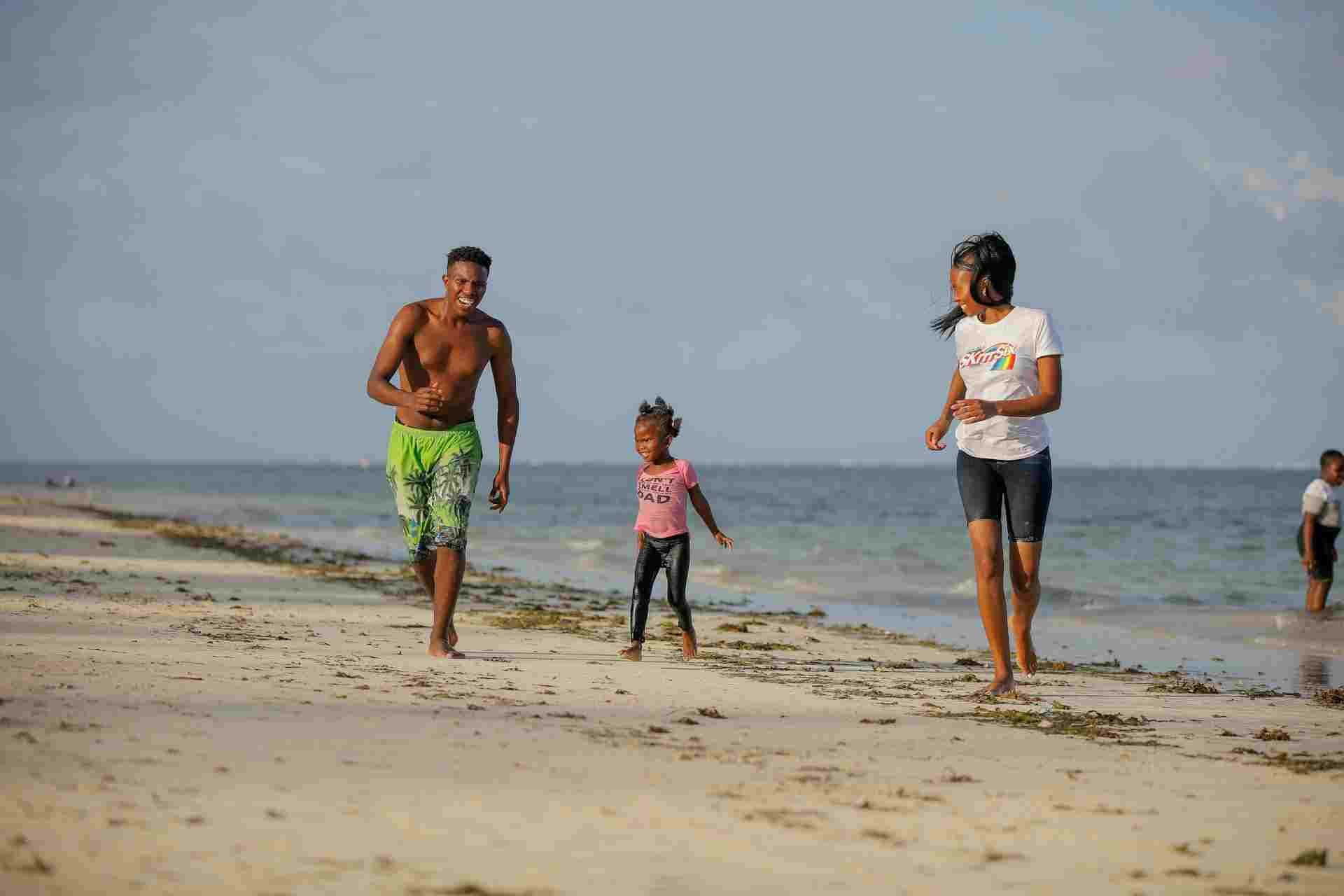
About Course
Introduction to Safeguarding: In our first module, we will explore the meaning of ‘safeguarding.’ This section will delve into the responsibilities of those tasked with protecting children from abuse, along with providing statistics on various types of child abuse.
Safeguarding Structure: Moving on to the second module, we will examine the single assessment and its potential outcomes. This unit will shed light on what happens when there is a risk of serious imminent harm.
Types of Abuse: Module 3 will focus on the different forms of abuse that children may encounter, and it will also address the potential abusers.
Recognizing Risks: In this module, we will discuss how to recognize the risks of child abuse. The content will cover the assessment of whether a report needs to be made and explore factors that make children more vulnerable to abuse.
Reporting Concerns: Module 5 will provide guidance on when and how to make a report. It will address the appropriateness of informing the child’s parents about suspected abuse and specify the appropriate authorities to report concerns to.
Post Referral: Our final module will explore the aftermath of a referral and potential outcomes. This section will also clarify the concept of a child protection conference.
Course Content
Introduction to Safeguarding:
Exploring Safeguarding
Exploring Safeguarding
Understanding Responsibilities
Learning About Child Abuse Statistics
Discovering Types of Child Abuse
Promoting Awareness and Action
Recognizing Signs of Abuse and Providing Support
Safegaurding Structure
Types of Abuse
Recognizing Risks
Reporting Concerns
Post Referral
Final Quiz
Earn a certificate
Add this certificate to your resume to demonstrate your skills & increase your chances of getting noticed.

Student Ratings & Reviews

